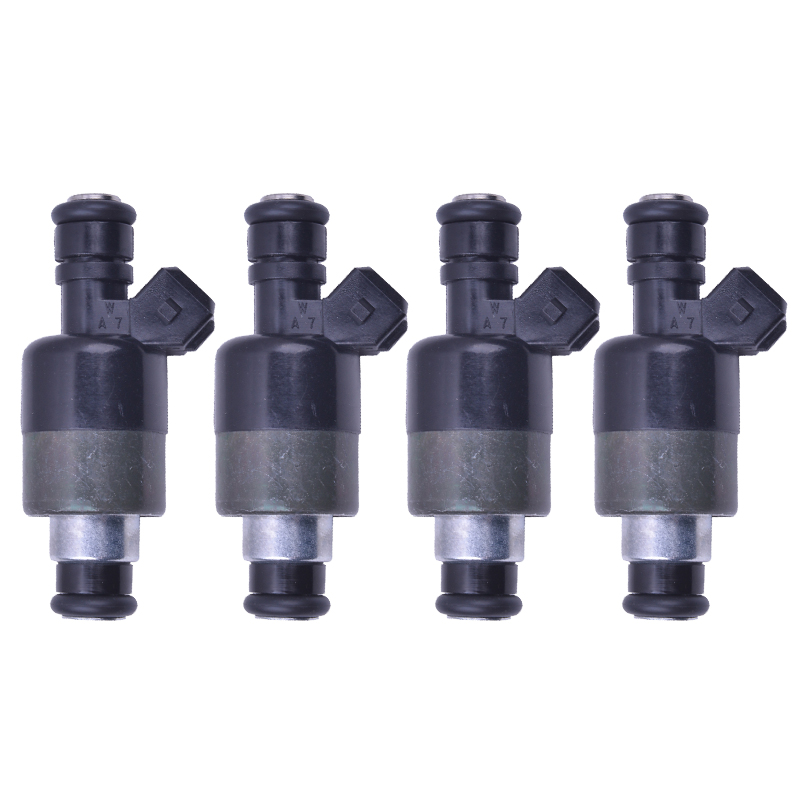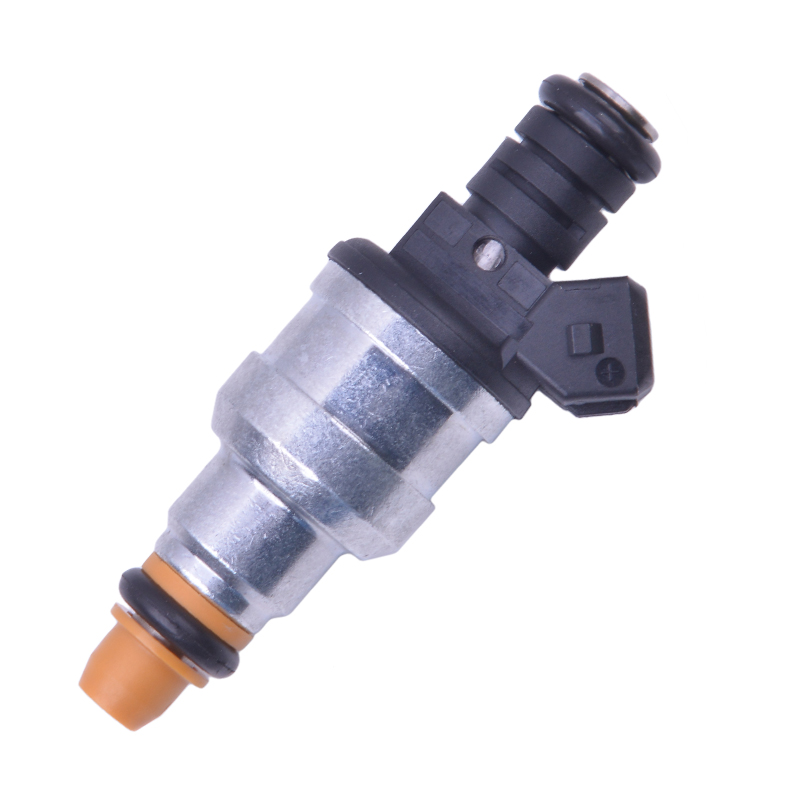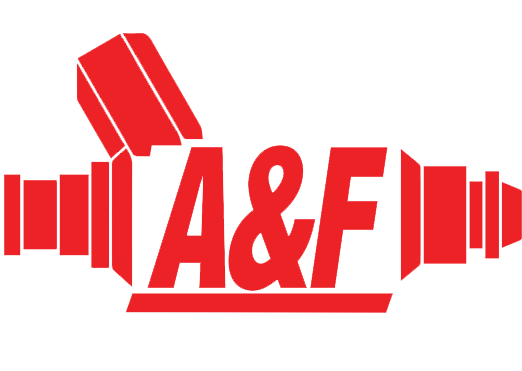
The fuel injector, as the name implies, injects fuel into the engine at the right time to ensure optimal efficiency. Older automobiles had carburetors that mixed the air and fuel before delivering it to the engine. Fuel injectors replaced carburetors in the 1990s, and have since evolved into highly efficient systems in today’s modern automobiles. Fuel-injected engines provide a better power output than carbureted engines. This buyer’s guide provides important information about fuel injectors and helps you in buying the right injector at afuelinjector.com
How the Fuel Injector Works?
A fuel injector is an electronically controlled valve that delivers fuel to the engine. It is located in the engine’s intake manifold. The fuel pump supplies the pressurized fuel to the injector via the fuel rails. The fuel injector sprays the fuel into the engine through a nozzle that opens and closes through a plunger. The movement of the plunger is controlled by an electromagnet. The nozzle atomizes the fuel; that is, it sprays the fuel into the chamber as a fine mist which is more volatile to combustion. The amount of fuel injected into the engine depends on the time the nozzle stays open. This time is controlled by the Engine Control Unit (ECU).

|
What can go wrong with the fuel injectors? |
|
Oftentimes, the fuel injector can get clogged with debris after a few years of usage. The fuel filter is the component that separates the debris from the fuel. Over time, the filter itself may get clogged, allowing impure fuel to flow into the injector. Other problems can arise due to a fault in the electromagnetic mechanism or due to fuel leaks in the injector.
|
|
Symptoms of Defective Fuel Injectors There are a few symptoms that indicate a defective fuel injector. Some of these include a rough engine idling, gasoline leaks, poor fuel economy and surging/misfiring
|
|
Maintenance of Fuel Injectors: Over time, the fuel injectors may get clogged with impurities and may require cleaning. Cleaning injectors at regular intervals, as specified in your manufacturer’s manual, can prevent costly repairs in the future. The following are some ways of cleaning the injector: Fuel Additives Fuel additives are added directly in to the fuel tank. They act like detergents and are effective in removing the residual gasoline in the narrow passages of the fuel injector. |

|
Other Cleaning Methods: Pressurized injector cleaning involves introducing the injector cleaners directly into the fuel lines leading to the injectors. This kind of cleaning is usually done at auto repair shops. In some cases, the fuel injector is taken off the vehicle and cleaned using a machine. This kind of cleaning is usually done to diagnose problems in the injector.
|
|
Kinds of Fuel Injectors Choosing the right fuel injector depends on the kind of fuel injector used in your vehicle. The common kinds of fuel injectors are: Single-Point or Throttle Body Injection (TBI) Systems: The throttle body injection systems were the first to replace the carburetors. The throttle body system included one or two fuel injectors in place of the carburetors. The fuel injectors were controlled by an on-board computer and provided better fuel economy than the carburetors. Multi-Point or Port Fuel Injection (MPFI) Systems: The multi-point fuel injection system included one fuel injector in each engine intake port of the manifold. Therefore, instead of dumping the fuel into a single place before passing it to the various cylinders, the MPFI system delivers fuel into the intake ports at the same time. Sequential Fuel Injection (SFI) Systems: The sequential fuel injection systems are similar to the multi-point fuel injection systems except that the fuel injection is controlled in a more efficient way. Instead of firing the injectors at the same time, the fuel is injected into the intake port just before the intake valve is opened for each cylinder. Direct Fuel Injection Systems: This fuel injection mechanism injects the fuel directly into the combustion chamber, rather than injecting it into the intake valves. This prevents the fuel from being wasted in the form of carbon deposits in the intake valves. Direct fuel injection is common in diesel engines but has recently been introduced in gasoline engines, as well. |

Finding Your Fuel Injector’s OEM Part Number
If for any reason you cannot find your fuel injector by entering your vehicle’s year, make and model, you can find the best fuel injector for your vehicle by its Original Equipment Manufacturer (OEM) number. The OEM part number can be found directly on the part itself. You can also call a dealership with your VIN, and they will provide you with the OEM part number. You can give one of our car specialists a call at 0086-18520682753 for further assistance in purchasing your fuel injector.
|
Frequently Asked Questions |
|
How to save money on a fuel injector? |
|
Before you go rushing in to buy the first suitable fuel injector for you car, do some research. Try to find out the exact part number for the fuel injector you need. Then do a search on our website to find the best deal. After you get your fuel injector from us at a fraction of the price that the dealer or mechanic would charge you, you can then have them install it and only pay for the labor. Or you can install it yourself and save even more money. |
|
How to check fuel injectors? |
|
Open the hood of your vehicle. Using a flashlight, observe the fuel spray pattern of the injectors. If you find the spray pattern to be non-uniform or if it is not a conical spray pattern, the injector needs to be cleaned or changed. Un-vaporized liquid fuel in the spray also indicates a clogged injector. |
|
How often should I check/clean my fuel injector? |
|
It is recommended that you check and clean your fuel injector every 25,000 to 30,000 miles or once in a year to ensure that your car runs at its optimal efficiency. If you experience any of the symptoms that are indicative of a failing fuel injector, have your injector checked and replaced, if necessary. |
